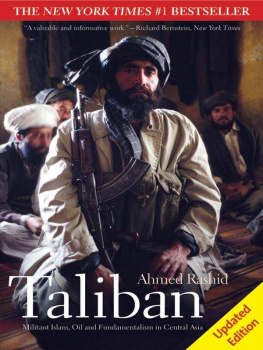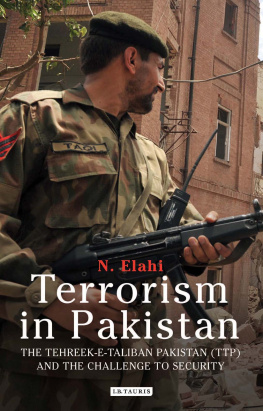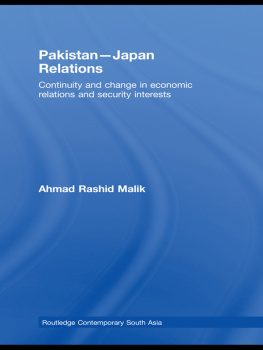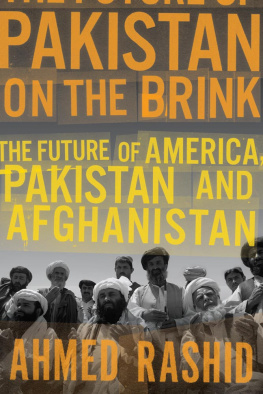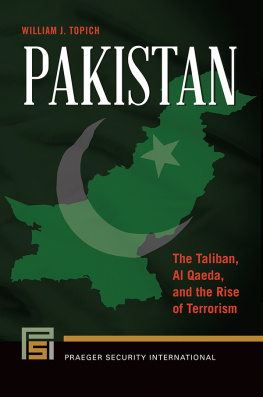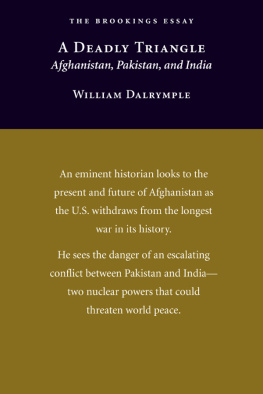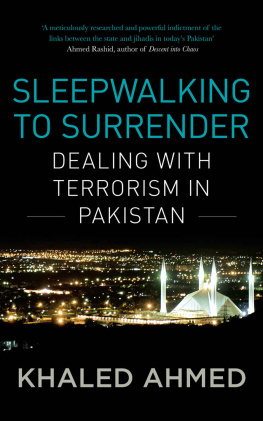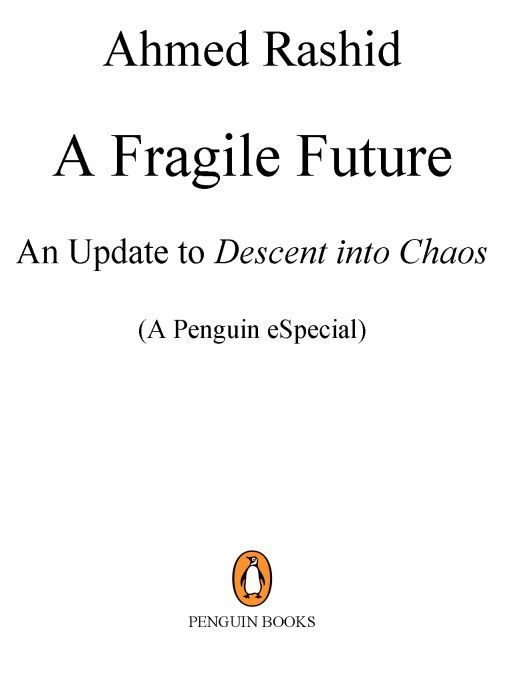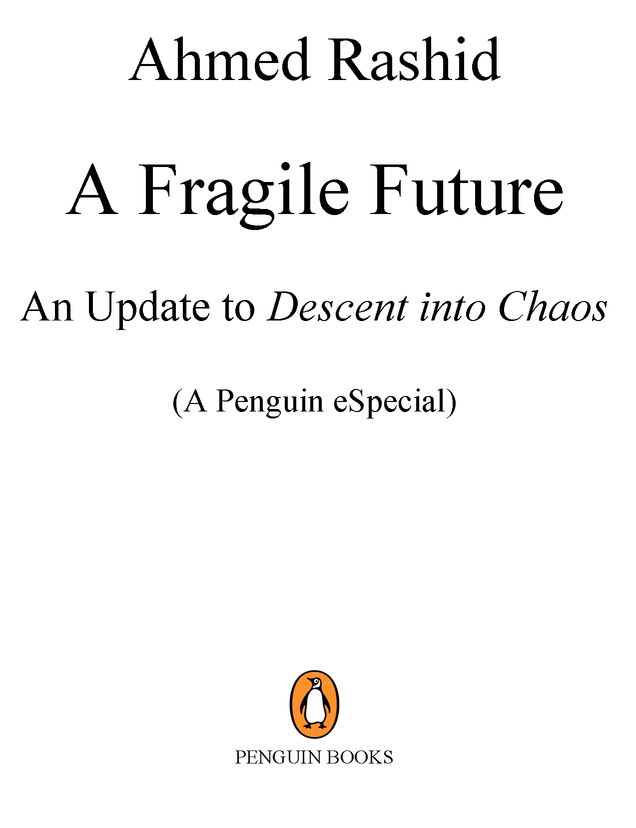Table of Contents
Conclusion
News of another cease-fire resulted in anger and dismay in Washington and NATO headquarters. By mid-April a fifteen-point accord between the army and Mehsud had been drawn up, but again it made no mention of the Taliban ceasing their attacks into Afghanistan. Clearly the army was trying to push the Pakistani Taliban into Afghanistan and continue fighting U.S. forces there while asking them to stop attacking Pakistani forces. Despite strong objections from Washington, the cease-fire went into effect in mid-May and the army began to withdraw its troops from some parts of FATA, exchange prisoners with the Taliban, and pay them millions of rupees in compensation. Meanwhile the Awami National Party government in Peshawar struck another highly controversial deal with militants in the Swat valley, where it allowed Sharia law to be introduced alongside civil law.
In FATA the Taliban quickly took over all the positions abandoned by the army and Mehsud held an unprecedented open press conference in South Waziristan. He made it clear that their war in Afghanistan would continue. Islam does not recognize any man-made barriers and boundariesthe jihad in Afghanistan will continue, said Mehsud on May 24.
Relations between the United States and Pakistan armies sunk to their lowest level since before 9/11. CIA director General Michael Hayden said any peace agreement that allowed the Taliban to refit, train, and move across the border into Afghanistan was unacceptable. Senator Carl Levin, chairman of the Senate Armed Services Committee, warned that the United States had no confidence in segments of the Pakistan army and ISI who were providing support to terrorists and he would consider restricting the US $300 million that had been promised to rearm the Frontier Corps. Other American lawmakers urged the administration to move U.S. troops into FATA. Relations plummeted further when on June 12 a U.S. air and artillery strike killed eleven Frontier Corps soldiers at a post on the Pakistani side of the border. Despite U.S. denials, Pakistanis presumed that the attack was deliberate and a sign of U.S. pique. The army issued a tough response saying Washington was undermining relations between the two armies.
The cease-fire quickly collapsed because even as the army moved out of FATA, militants continued their attacks inside Pakistan. On June 2 a car bomb was used to destroy the heavily fortified Danish embassy in Islamabad, killing six people and wounding another thirty-five. Al Qaeda had called for attacks on Danish interests after accusing the Danish media of publishing cartoons that denigrated the prophet Mohammed. The diplomatic community scurried into their shelters and ordered a lockdown for all personnel. Meanwhile different Taliban militias laid siege to Peshawar, controlling major roads into the city, while entering the suburbs to kidnap citizens and carry out armed robberies. Mehsud carried out violent acts against FATAs population to ensure their loyalty, executing twenty-eight tribal elders near Jandola in South Waziristan who had been trying to negotiate between the government and the militants. The massacre horrified many Pashtuns as Mehsud had shown a total disregard for Pashtun tribal traditions where respect for elders is sacrosanct.
For the Americans and Afghans the last straw was a suicide attack on the Indian embassy in Kabul on July 7 that killed forty people, including the Indian military attache. Kabul immediately accused the ISI of carrying out the attack and suspended all future talks with Pakistan. Within days both New Delhi and Washington also accused the ISI of complicity. On July 12 Admiral Mullen and CIA deputy director Stephen Kappes arrived in Islamabad to show General Kayani and the political leadership the evidence they had of ISI complicity with the Taliban forces of Jalaluddin Haqqani in carrying out the bombing. The CIA cut off most intelligence sharing with the ISI demanding that the ISI first be reformeda move that was backed by the PPP government and created immediate tensions with General Kayani. Within two weeks Gilani was due in Washington to meet with President Bush. The night Gilani left he tried to shift control of the ISI to the Interior Ministry. Kayani and the ISI chief erupted in fury, forcing Gilani to rescind the order just before he arrived in Washington. It was a humiliation for the government and showed that the political leadership could neither control the ISI nor policy toward the militants.
Despite the cease-fire the Taliban stepped up their attacks in FATA and the North-West Frontier Province. On July 13, 250 Taliban stormed the Frontier Corps fort at Hangu south of the city of Kohat, blew it up, and captured crates of weapons and ammunition. In Swat government buildings and army posts were attacked while some sixty-five girls were killed or injured when their schools were burned down by the Taliban. While Gailani was in Washington an entire garrison of thirty soldiers in the Swat valley surrendered to the Taliban. The Pakistani Taliban were making dramatic headway across northern Pakistan. Finally the army seemed to realize the dire situation and under relentless U.S. pressure, it launched a major offensive in the Bajaur tribal agency of FATA on August 6 with an extensive bombing campaign carried out by helicopter gun ships and F-16 fighter bombers.
Over 250,000 people fled Bajaur to escape the bombing. They sought shelter in Peshawar and other cities, joining some 400,000 refugees who had fled FATA earlier. The militants diverted the armys attention by launching suicide bombings around the countrythe largest, on July 21 outside the gates of the armys ordinance factories at Wah a few miles from Islamabad, killed seventy workers. The battle for Bajaur became the longest and most consistent campaign that the army had conducted against the Pakistani Taliban since 2001. It would be a litmus test for Pakistanis and Americans alike as to whether the army was now serious about going after the Pakistani Taliban.
Washington had already decided to take more aggressive action, having little faith in the armys action. In July the White House convened several top secret interagency meetings to discuss whether U.S. Special Forces should directly enter FATA. It was a controversial issue with advocates in the military and the CIA arguing in favor, while the State Department warned that the Pakistani public and political elite would respond with even greater displays of anti-Americanism. However the White House gave permission. The situation in the tribal areas is not tolerable, said a senior U.S. official. We have to be more assertive. Orders have been issued, he said.
Admiral Mullen justified the attacks, telling Congress that, I am not convinced were winning the war in Afghanistan, but adding that he was convinced we can. Mullen said he was looking at new, more comprehensive strategy that would cover both sides of the Afghanistan-Pakistan border.
The crisis in Afghanistan and Pakistan became one of the most serious international issues, even as Russia attacked Georgia and U.S. financial institutions unraveled. International concern was heightened by further indicators that FATA had become terrorism central. Bin Ladenbased in FATA, according to U.S. intelligenceissued two voice tapes on the Internet in March accusing Western governments, the pope, and the United Nations of launching a crusade against Muslims. In August Germany said that fifty of its citizens had traveled to FATA for training and that some had returned home to carry out bombing campaigns. In Denmark two terrorist suspects, believed to have been trained in FATA, went on trial for preparing a terrorist attack. There were alerts for FATA trained militants in Spain, Britain, and Holland.


